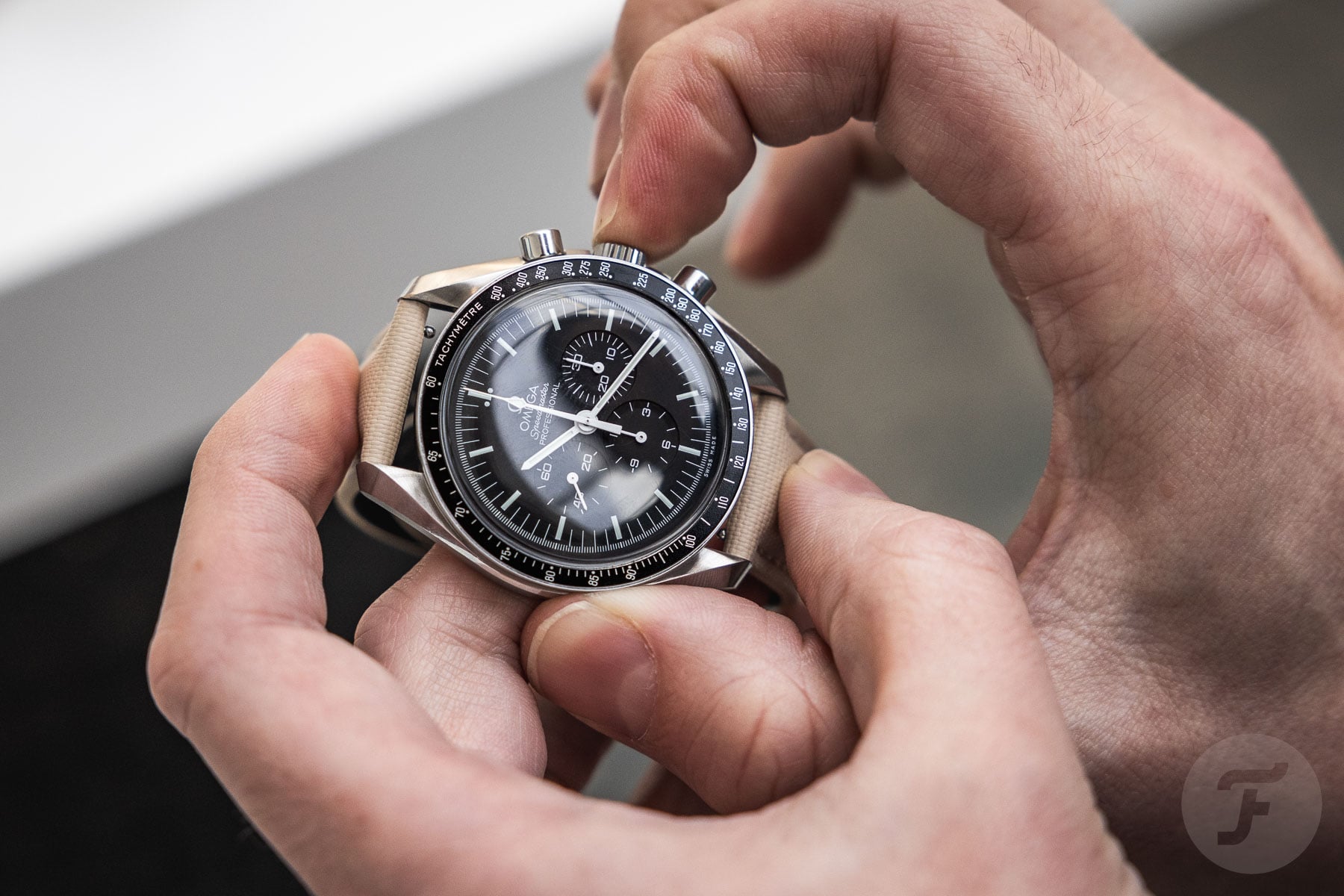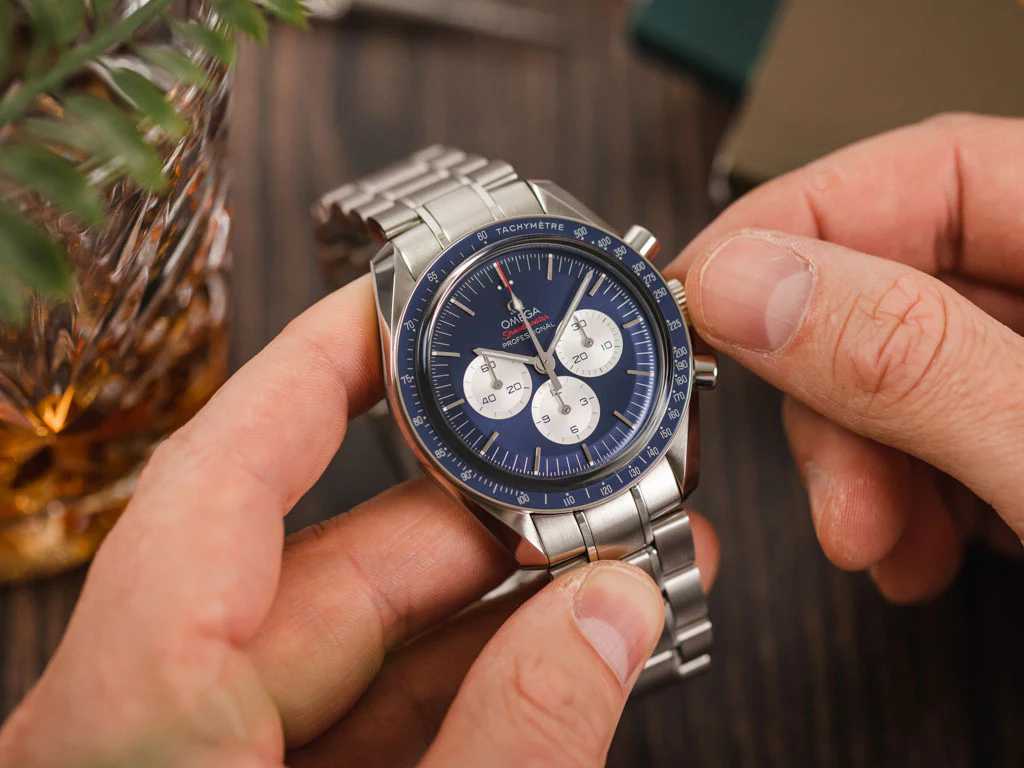Blog
“How to Properly Wind and Set Your Mechanical Watch”
Owning a mechanical watch is a unique experience that combines craftsmanship, tradition, and precision engineering. Unlike quartz watches, which rely on batteries, mechanical watches are powered by a mainspring, which needs to be wound to store energy. Properly winding and setting your mechanical watch is essential to ensure its longevity, accuracy, and performance. Whether you are new to mechanical watches or a seasoned collector, understanding how to properly wind and set your timepiece will help maintain its functionality and keep it running smoothly. In this guide, we’ll walk you through the correct process of winding and setting your mechanical watch.
Understanding the Basics of Mechanical Watches
Before diving into the winding and setting process, it’s important to understand how mechanical watches work:
- Mainspring: The mainspring is the heart of any mechanical watch. It stores energy when wound and releases it slowly to power the watch.
- Manual and Automatic Movements:
- Manual (Hand-Wound) Watches: These watches require manual winding by turning the crown.
- Automatic (Self-Winding) Watches: These watches wind themselves as you move your wrist, thanks to a rotor inside the case.
- Power Reserve: A mechanical watch typically has a power reserve, which is the amount of time it will run once fully wound. Once the power reserve runs out, the watch will stop, and you’ll need to wind it again.
Now that you understand the basics, let’s explore the steps to properly wind and set your mechanical watch.
How to Wind Your Mechanical Watch
1. Ensure the Watch is Not Already Wound
Before winding, check if the watch has stopped or is running low on power reserve. If the watch has stopped, it will need a full wind to start ticking again. If it’s still ticking, but the power reserve is low, you can wind it a few times to top up the energy.
2. Turn the Crown
To wind your mechanical watch, locate the crown—the small knob usually situated on the right side of the watch case. For manual watches, the crown needs to be turned clockwise to wind the mainspring. Here’s how to do it:

- Manual Watches: Turn the crown clockwise until you feel resistance. It’s essential to stop winding once you feel the crown become tight—over-winding can damage the movement. Most manual watches have a power reserve of 40–50 hours, so give it about 30–40 turns to fully wind it.
- Automatic Watches: If your watch is automatic, you don’t need to wind it if you wear it regularly, as the movement of your wrist will wind the watch. However, if the watch has stopped (e.g., after not being worn for a few days), you will need to manually wind it by turning the crown clockwise.
3. Know Your Watch’s Power Reserve
It’s a good practice to wind your watch fully every 2–3 days, even if you wear it daily. This ensures the watch runs at optimal power and keeps accurate time. Watches with longer power reserves (such as 72 hours or more) may only need winding every few days.
How to Set Your Mechanical Watch
Setting your mechanical watch correctly is equally important to ensure accurate timekeeping. Follow these steps to set your watch:
1. Pull the Crown to the Correct Position
Mechanical watches typically have a crown that can be pulled out to different positions to adjust various functions. The typical positions are:
- Position 1: This is the resting position. In this position, the crown is pushed all the way in, and the watch is either winding or fully wound.
- Position 2: This is for setting the date (if your watch has a date complication).
- Position 3: This is used to set the time.
To set the time, pull the crown gently to the outermost position (position 3). You should feel a click when the crown is pulled out fully.
2. Set the Time
Once the crown is pulled into position 3, turn it clockwise or counterclockwise to set the time. Be sure to pay attention to the following details:
- AM/PM Setting: If your watch has a 24-hour dial (military time), you don’t need to worry about AM or PM. However, for 12-hour dials, make sure to adjust the time to the correct AM or PM period. A good way to check is to set the time during daylight hours and observe whether the date changes in the morning or evening.
- Date Change: If your watch has a date complication, avoid setting the time between 8 PM and 4 AM, as this is when the date-change mechanism is active. Adjusting the time during this period can cause the date-change function to malfunction.
3. Set the Date (If Applicable)
For watches with a date complication, push the crown into position 2 (one click in) and turn it either clockwise or counterclockwise to set the date. Be sure to set the date correctly, especially if the month has 30 or 31 days, or if you’re setting the watch for a shorter month like February.

4. Push the Crown Back
After setting the time and date, gently push the crown back into position 1, ensuring it is secured tightly against the watch case. This prevents water and dust from entering the movement. If your watch is water-resistant, make sure the crown is fully pushed in before exposing it to moisture.
Tips for Maintaining Your Mechanical Watch
- Wind Regularly: Even if you don’t wear your mechanical watch daily, it’s a good idea to wind it at least once every 2–3 days. This helps maintain the movement’s accuracy and longevity.
- Avoid Over-Winding: Be cautious not to over-wind your manual watch, as it can damage the mainspring or other components. Stop winding as soon as you feel resistance.
- Store Properly: When not in use, store your watch in a safe, dry place. Consider using a watch winder for automatic watches that aren’t worn daily, as this will keep the watch ticking without manual winding.
- Service Regularly: To ensure long-lasting accuracy and reliability, mechanical watches should be serviced every 3–5 years, depending on the brand and movement.
Conclusion
Properly winding and setting your mechanical watch is essential for ensuring its accuracy, longevity, and optimal performance. Whether you own a manual-wind or automatic watch, understanding how to wind and set it correctly will help you enjoy its full potential. Regular winding, careful setting, and proper storage will keep your timepiece running smoothly for years to come. By following these simple steps and maintaining your watch with care, you’ll be able to appreciate the fine craftsmanship of your mechanical timepiece every day.

